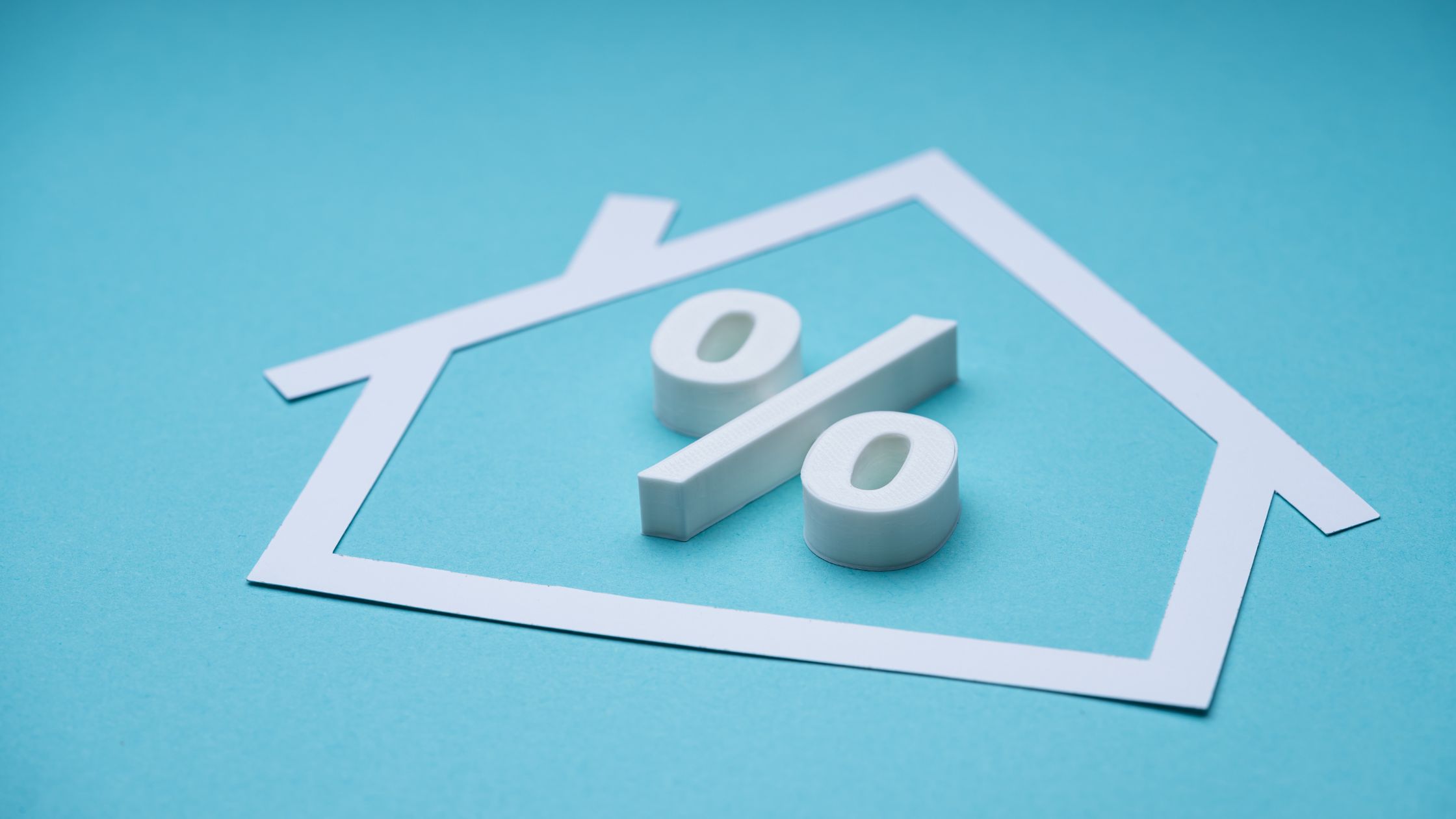
Home insurance is an essential expense for homeowners, protecting your property and possessions from unexpected events like theft, natural disasters, and accidents. However, many homeowners feel the pinch of rising insurance premiums, especially in areas prone to weather-related claims or high crime rates. The good news is there are simple, effective strategies you can use to instantly lower your home insurance rates without sacrificing coverage. In this article, we’ll explore practical tips that can help you save on your premium and keep more of your hard-earned money in your pocket.
1. Increase Your Deductible
One of the quickest ways to reduce your home insurance premium is by increasing your deductible. The deductible is the amount you agree to pay out of pocket before your insurance kicks in to cover a claim. A higher deductible means you’re shouldering more risk, so insurers often reward this with lower premium rates. For example, raising your deductible from $500 to $1,000 or even $2,500 could significantly reduce your premium by as much as 20-30%.
- Pros: Higher deductibles mean lower premiums, and if you rarely make claims, this can be a smart financial move.
- Cons: Be prepared to pay more out of pocket in case of an incident, so make sure you can cover a higher deductible if needed.
2. Bundle Your Insurance Policies
Insurance companies frequently offer discounts to customers who purchase multiple policies with them, a practice known as “bundling.” For instance, if you have auto insurance with one company, consider getting a quote for home insurance from the same provider. Bundling often results in significant discounts, with some companies offering 5-15% off your premiums.
- Tip: If you’re shopping around, mention that you’re interested in bundling to get the best deals.
3. Install Safety and Security Systems
Investing in home security can do more than just provide peace of mind—it can also lower your insurance rates. Many insurance providers offer discounts for homes equipped with security features like alarms, surveillance cameras, smoke detectors, and deadbolt locks.
- Home Security System: Monitored systems, especially those that alert local authorities, can reduce your rates by as much as 20%.
- Smoke Alarms and Sprinklers: Fire prevention systems reduce the likelihood of fire damage, making your home safer and less of a risk for insurers.
- Deadbolt Locks: Simple measures like deadbolts can also add a layer of security, reducing your premiums slightly.
4. Upgrade Your Home’s Disaster Preparedness
In areas prone to natural disasters such as hurricanes, floods, or earthquakes, taking proactive measures to strengthen your home’s defenses can result in lower insurance rates. Some insurers offer discounts for homes that are equipped to withstand these elements.
- Storm-Proof Windows and Roofs: Installing storm-resistant materials can qualify your home for lower rates in hurricane-prone areas.
- Flood Barriers and Drains: If you live in a flood-prone area, investing in flood protection measures can make you eligible for discounts.
- Seismic Retrofits: For homes in earthquake zones, structural retrofits to reinforce walls and foundations can reduce premiums.
5. Improve Your Credit Score
Your credit score can impact your insurance premiums more than you might expect. Homeowners with good credit scores are often seen as less risky and are rewarded with lower rates, while those with poor credit might face higher premiums.
- How to Improve Your Score: Paying bills on time, reducing outstanding debt, and regularly checking your credit report can gradually boost your score.
- Direct Benefits: Some insurers can offer you a better premium simply by reevaluating your rate based on your improved credit.
6. Review and Adjust Your Coverage Regularly
Over time, the value of your home and belongings may change, so it’s a good idea to periodically review your coverage. If your home’s market value or the cost to replace your belongings has decreased, you might be paying for more coverage than necessary.
- Replacement Cost vs. Actual Cash Value: Some policies offer replacement cost coverage, while others only provide actual cash value. Replacement cost covers the full cost of replacing items without depreciation, while actual cash value considers depreciation. Opting for actual cash value coverage could lower premiums, though this also provides less coverage.
- Consider Partial Coverage: If you have minimal belongings, consider adjusting your policy for personal property coverage to reflect this.
7. Maintain a Claim-Free Record
Insurance providers typically reward homeowners who have a claim-free history with lower rates. Frequent claims, even for minor issues, can flag you as a higher-risk customer and lead to rate increases.
- Avoid Small Claims: Handle minor repairs and damages yourself rather than filing a claim, which can keep your insurance record clean.
- Benefits of Claim-Free Status: Some insurers offer specific “claim-free” discounts or loyalty credits to reward low-risk customers.
8. Compare Rates from Multiple Insurers
Each insurer calculates risk and prices policies differently, so it’s always a good idea to shop around. You might be surprised at the difference in premiums offered by different companies for similar coverage.
- Get At Least Three Quotes: Comparing quotes from at least three insurance providers can give you a clearer idea of the average rate and help you find the best deal.
- Use Online Comparison Tools: Websites that aggregate quotes from multiple providers can simplify the process and save time.
9. Ask About Additional Discounts
Many insurers offer discounts that go beyond bundling or security systems. Some of these are less commonly advertised, so it pays to ask your insurer what discounts are available.
- Loyalty Discounts: Long-time customers may qualify for loyalty discounts, rewarding you for staying with the same insurer.
- New Home Discount: Newer homes may be eligible for lower rates since they’re less likely to need repairs or have outdated systems.
- Retiree Discount: Some insurers provide discounts for retirees, as they’re often home more and are less likely to experience a break-in.
10. Reduce Risk Factors Around Your Home
Some risk factors around your property could be adding to your premium. Addressing these can make your home safer and potentially reduce your rates.
- Tree Trimming and Landscaping: Regularly trimming trees reduces the risk of branches falling on your home during a storm.
- Removing Trampolines and Pools: These “attractive nuisances” increase the likelihood of injury on your property, leading to higher insurance premiums.
- Regular Maintenance: Upkeep on your roof, plumbing, and electrical systems can prevent costly claims in the future.
11. Work with an Independent Agent
Independent insurance agents are not tied to one provider, which means they can help you shop for the best rates across a variety of insurers. They may also be aware of discounts and packages that you might miss if you shop on your own.
- Benefit of Independent Agents: They often have insights into which companies offer the most competitive rates in your area and can help find special discounts.
- Cost of Using an Agent: Many independent agents work on commission and don’t charge fees for their service, making this an affordable option.
12. Opt for a Policy Without Unnecessary Add-Ons
Some homeowners’ policies come with extra coverage you may not need, which increases your premium. For instance, if you don’t live in an area prone to floods or earthquakes, you likely don’t need this specific coverage.
- Review Add-Ons Carefully: Take a close look at your policy and remove coverage options that don’t apply to your situation.
- Customize Your Policy: Some insurers allow you to build custom policies with coverage tailored to your home and specific needs.
13. Pay Your Premiums Annually Instead of Monthly
Many insurance providers offer a discount for customers who pay their premium in a lump sum annually rather than in monthly installments. This approach can reduce administrative costs for the insurer, who then passes some of those savings on to you.
- Pros of Annual Payment: Paying upfront can lead to discounts of up to 5-10% on your annual premium.
- Cons: This requires a larger up-front cost, so make sure you budget for it if it’s an option.
14. Educate Yourself on the Factors That Affect Your Rate
The more you understand what affects your premium, the better equipped you’ll be to take proactive steps to reduce it. Rates are typically influenced by factors such as your home’s age, construction materials, location, and even your lifestyle choices.
- Stay Informed: Knowing how these factors impact your insurance cost can empower you to make smarter decisions regarding home improvements and policy options.
- Regular Check-Ins with Your Insurer: Talk with your insurance agent about how you can lower rates and if there are any new discounts or programs available.
Also Read: 10 Secrets to Finding Cheap Home Insurance You Didn’t Know About
Final Thoughts
Lowering your home insurance premium doesn’t have to be complicated or involve major sacrifices in coverage. By following these tips and making a few small adjustments, you can save a significant amount on your home insurance each year. Remember to review your policy annually and stay proactive in finding ways to reduce your premiums. With a bit of research and effort, you’ll be able to find the best deal for your needs while still protecting your most valuable asset—your home.
By implementing even a few of these strategies, you’re likely to see a reduction in your premium, giving you more financial freedom and peace of mind.
